
Ever wondered what it's like to have one of the most dangerous jobs in the world? We're talking about occupations where every day brings a new adventure.
Battling fierce fires, wrestling with gigantic waves out at sea, or even going face-to-face with some of the deadliest creatures on the planet are counted as the most dangerous jobs in the world. While these jobs aren't for the faint-hearted, but for those brave souls who take them on, it's all about courage and skill. So, let's dive in and explore some of the most thrilling yet perilous professions out there.
1. Logging workers
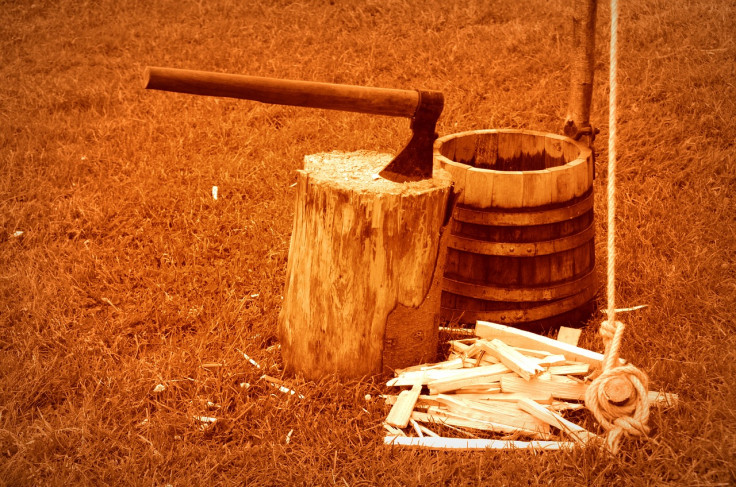
With a staggering fatal injury rate of 111 per 100,000 workers, logging stands as the most perilous occupation in America. According to data from 2018, 56 deaths occurred in this industry. Despite a median salary of $41,230, logging workers face alarming risks, with the most common fatal accidents involving contact with objects and equipment. The fatal accident rate for logging workers is a shocking 33 times higher than the national average, highlighting the inherent dangers of this vital yet hazardous profession.
2. Aircraft pilots and flight engineers
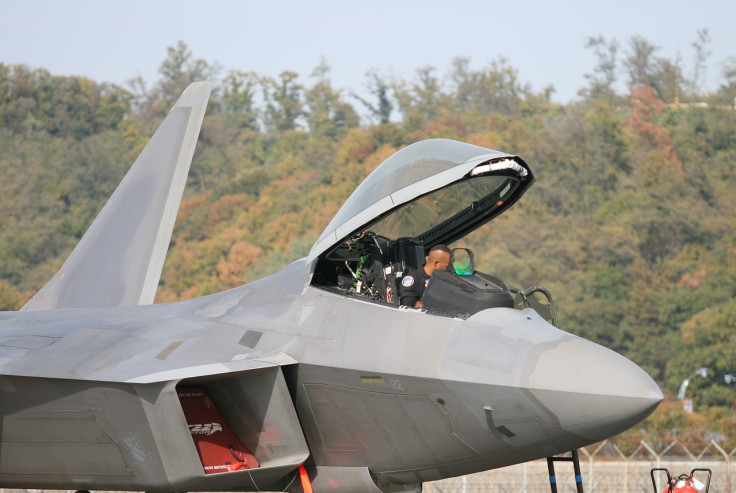
In 2017, 59 pilots and flight engineers died at work, showing how dangerous their jobs are. The fatal injury rate for pilots was 48.6 per 100,000 workers, much higher than the national average of 3.5 for all jobs. Pilots play a vital role in air travel, but they face many risks every day. This highlights the need for strict safety rules and continuous training in the aviation industry.
3. Derrick operators
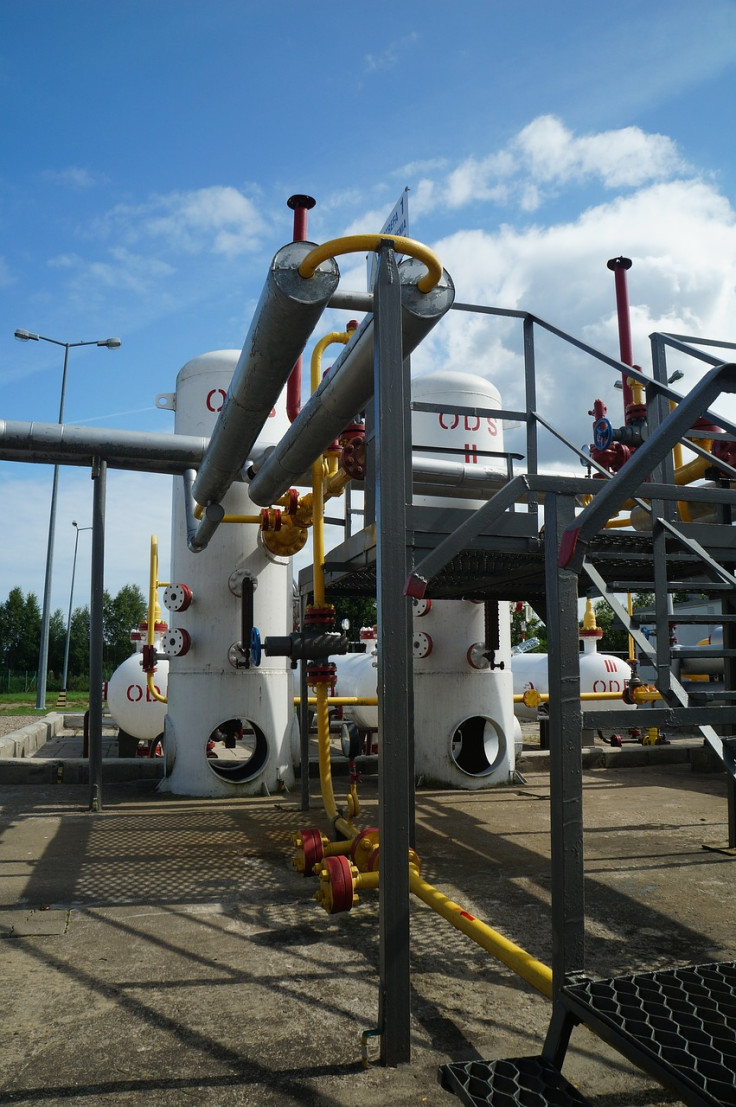
With a fatal injury rate of 46 per 100,000, derrick operators in oil, gas, and mining tackle daunting tasks amidst towering structures and heavy machinery in remote, harsh environments. Their work involves handling volatile materials, increasing the risks of explosions, equipment failures, and environmental hazards. Operating in such conditions demands constant vigilance and adherence to stringent safety protocols to mitigate potential dangers and ensure the well-being of workers.
4. Roofers
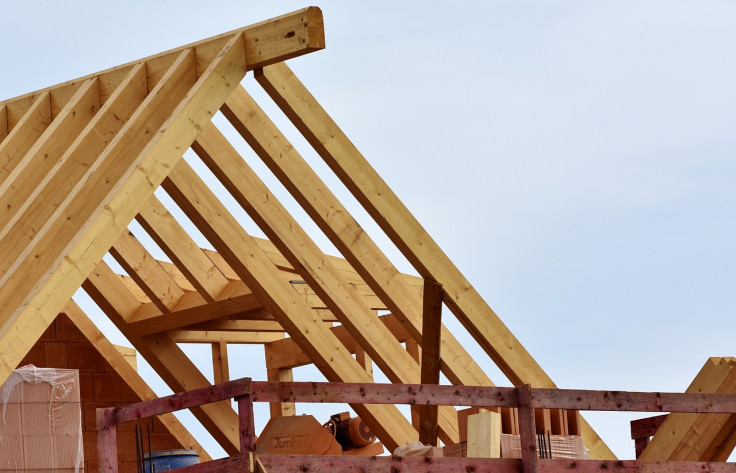
Roofers have a fatal injury rate of 47 per 100,000 workers. Their job is considered one of the most dangerous professions. Falls from roofs or ladders are the primary causes of fatal injuries. These falls happen frequently in the roofing industry. That's why roofers have one of the most perilous jobs globally. Strict safety measures and comprehensive training are crucial to prevent tragic accidents.
5. Garbage collectors
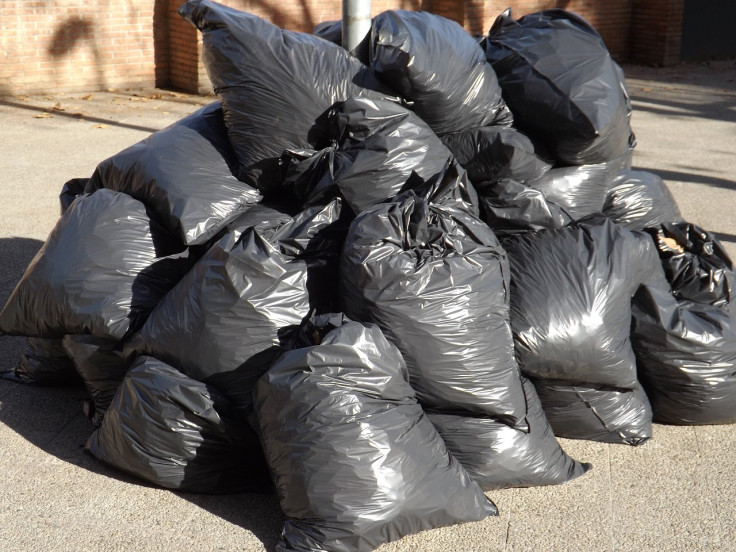
In 2021, the fatal injury rate for refuse and recyclable material collectors decreased, with 27.9 fatal work injuries per 100,000 workers compared to 33.1 in 2020. Despite solid waste collection industry fatalities dropping to 34 from 38 in 2020, transportation incidents, totaling 21, remained the leading cause. Efforts to improve safety aim to remove waste collection from the top 10 deadliest jobs list in the U.S.
6. Iron Workers
Structural iron and steel work ranks among the most dangerous professions due to its high fatality rate of 36.1 deaths per 100,000 workers in 2021, a notable increase from the previous year. Workers in this field often operate at significant heights and handle heavy materials, exposing them to the risk of falls and accidents. These hazardous conditions underscore the need for enhanced safety measures and ongoing training to mitigate potential dangers and protect workers' well-being.
7. Delivery drivers
Delivery and truck driving emerges as one of the most perilous occupations due to its high fatal injury rate of 29 per 100,000 full-time workers and a non-fatal injury rate of 3.5 per 100 workers. The nature of the job, which involves transporting goods across various distances, exposes drivers to significant risks, particularly from transportation incidents. Despite their crucial role in sustaining the American economy, delivery and truck drivers navigate hazardous road conditions, long hours, and potential fatigue, highlighting the urgent need for enhanced safety measures and comprehensive training to mitigate these inherent dangers and safeguard their well-being.
8. Farmers, ranchers, other agricultural managers

Working on farms is dangerous due to the high risk of injuries. Farmers, ranchers, and agricultural managers have a fatal work injury rate of 24 out of 100,000 workers. This rate is much higher than the national average for all civilian occupations, which is just 3.5 out of 100,000. Agricultural work involves heavy machinery, unpredictable livestock, and challenging environmental conditions. This increases the likelihood of accidents and injuries. Therefore, strict safety measures and ongoing training are essential to protect workers in this sector.
9. Firefighting supervisors
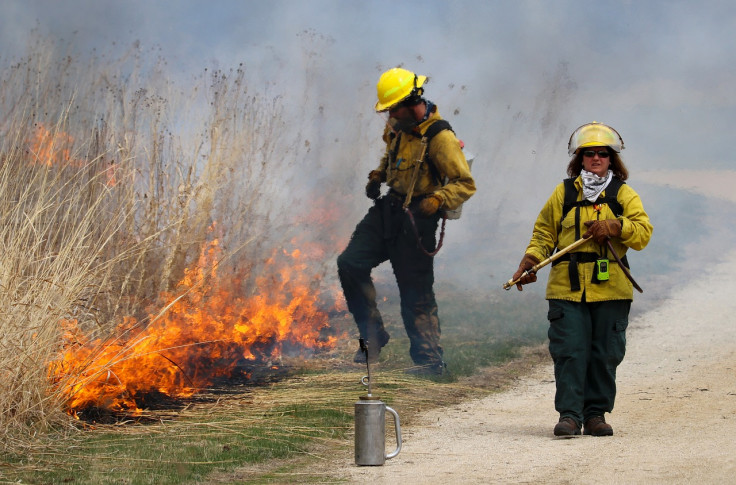
First-line supervisors of firefighting and prevention workers face a fatal injury rate of 20 per 100,000 workers, with 14 total deaths recorded in 2018. Responsible for coordinating firefighting efforts, they handle tasks such as communication, dispatching, training, and equipment maintenance. Unfortunately, transportation incidents, including traffic crashes, rank as the most common cause of death for these supervisors, highlighting the risks inherent in their critical role in fire prevention and control.
10. Power linemen

Power linemen face a fatal injury rate of 20 per 100,000 due to their high-risk work with high-voltage electricity, precarious weather conditions, and potential falls. Even a minor mistake can lead to electrocution or severe injuries. Remarkably, in 2019, there were no recorded fatal injuries despite these inherent dangers. This underscores the importance of rigorous safety protocols and ongoing training to protect linemen while they perform their crucial role in maintaining power infrastructure.
Risk and resilience
Exploring the world's most dangerous professions has highlighted the bravery and resilience of those who face perilous conditions daily. Despite the risks, these individuals play vital roles in society. Their stories emphasize the importance of prioritizing safety measures and support for those who courageously tackle these hazardous jobs, ensuring their well-being as they contribute to keeping our world functioning.







